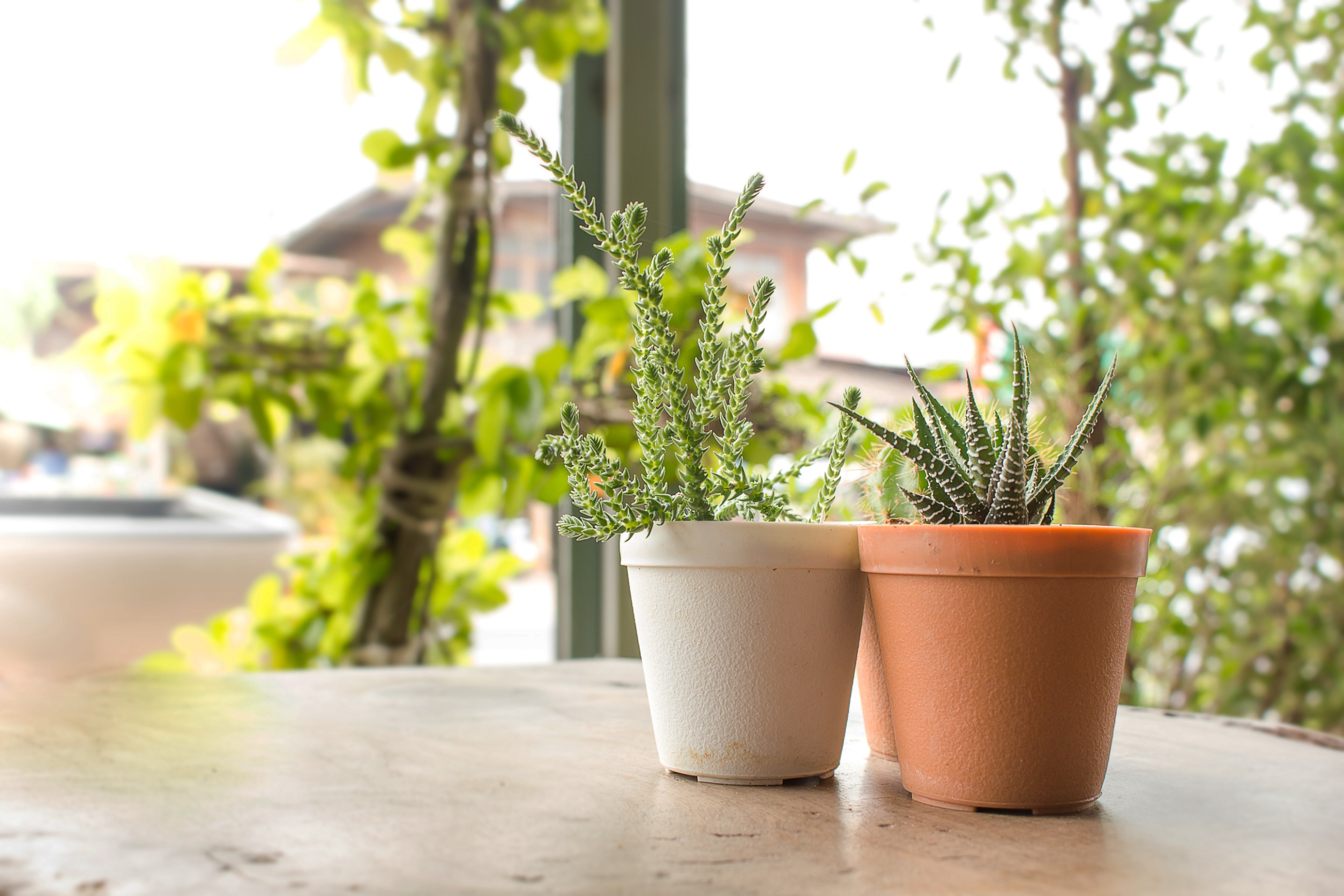BY THE OPTIMIST DAILY EDITORIAL TEAM
As the cooler nights of fall approach, it’s time to start thinking about bringing your favorite outdoor plants indoors. The change from warm, open summer air to a controlled indoor environment can be difficult for plants, so timing is critical. According to Harold Taylor, a division gardener at Longwood Gardens, the optimal time to bring your plants indoors is when overnight temperatures routinely fall below 60°F. This protects your plants from the stress of colder weather, which could slow their transition.
Climate differs by region, so it’s critical to observe local weather patterns. Consult your local agricultural extension office for particular advice on when temperatures in your area are likely to fall into the 50s.
Key steps for preparing your plants for moving day
Before bringing your plants indoors, take the time to prepare them. Begin by determining which plants are healthy enough to make the journey. Unfortunately, suffering plants may not make it through the transition to an indoor environment, which often has reduced humidity, dry heat, and less light. It’s usually preferable to leave these in the compost pile.
Examine the plants that will be moving indoors for pests. Taylor suggests soaking the pots in lukewarm water for 15 minutes to wash out any undesirable critters hiding in the soil. In addition, use a 10 percent bleach solution to remove any moss or mold from the pot’s exterior. If your plants have grown significantly over the summer, it is time to repot them in somewhat larger containers with fresh potting soil.
Setting up the perfect indoor environment
Choosing the correct location for your indoor plants is critical to their long-term health. Taylor recommends planting plants that require full sun near south-facing windows, and those that require moderate sun near east- or west-facing windows. If your home does not receive enough natural light, consider investing in indoor plant lights to help maintain the light levels your plants require to grow.
Avoid placing plants near drafts from doorways or heating vents, as they might stress the plants and cause leaf drop. If you have hanging plants, make sure you have the right hooks placed, and consider clustering them together on gravel trays to assist in keeping humidity levels surrounding them.
Quarantine and avoiding transplant shock
Once you’ve brought your plants indoors, quarantine them in a different room from the rest of your houseplants. This precaution allows you to keep an eye out for any pests or diseases that may have escaped detection during the initial examination. If any problems emerge, they can be resolved without jeopardizing the overall health of your indoor garden.
To reduce the danger of transplant shock, which can appear as yellowing or falling leaves, gradually adjust your plants to lower light levels indoors. Relocate your plants to increasingly shadier areas outside before bringing them within to help them acclimate more smoothly to their new surroundings.
Indoor plant care: watering and fertilizing tips
Because of the lower light levels and slower growth rates, your plants will require less water indoors than they would outside. Allow the soil to dry slightly before watering again, especially succulents, which require less regular watering. Overwatering is a common mistake that can cause root rot and other complications.
Once your plants are indoors, you should modify their fertilization. If you repot your plants in soil that already has fertilizer, you may not need to fertilize them right away. For other plants, refer to the packaging directions for indoor use. Simpson recommends topdressing your plants with worm castings before bringing them indoors since this natural fertilizer is both mild and effective.
By carefully planning the shift, prepping your plants, creating the ideal indoor atmosphere, and caring for them, you can ensure that your plants not only survive but thrive over the winter months. When spring arrives, you’ll be able to confidently transfer them back outside.











